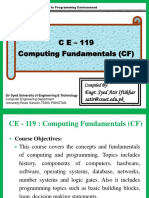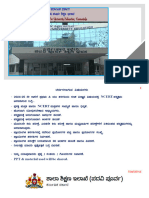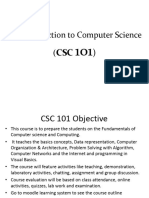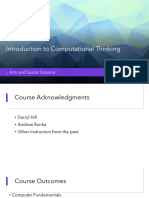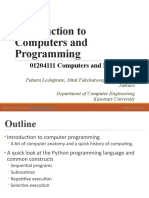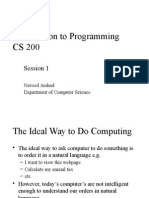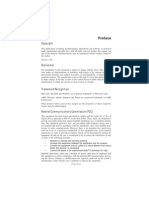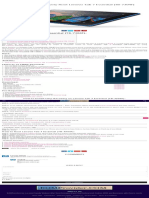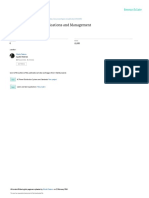0% found this document useful (0 votes)
8 views25 pagesDay01 Introduction
The document outlines an introductory course on computer science, covering key vocabulary, concepts, and the distinction between hardware and software. It discusses the nature of computer science, algorithmic thinking, and various fields within the discipline, along with job projections for related careers. Additionally, it provides guidance on succeeding in the course and introduces basic programming concepts using Python.
Uploaded by
huzefamemon787Copyright
© © All Rights Reserved
We take content rights seriously. If you suspect this is your content, claim it here.
Available Formats
Download as PDF, TXT or read online on Scribd
0% found this document useful (0 votes)
8 views25 pagesDay01 Introduction
The document outlines an introductory course on computer science, covering key vocabulary, concepts, and the distinction between hardware and software. It discusses the nature of computer science, algorithmic thinking, and various fields within the discipline, along with job projections for related careers. Additionally, it provides guidance on succeeding in the course and introduces basic programming concepts using Python.
Uploaded by
huzefamemon787Copyright
© © All Rights Reserved
We take content rights seriously. If you suspect this is your content, claim it here.
Available Formats
Download as PDF, TXT or read online on Scribd
/ 25













